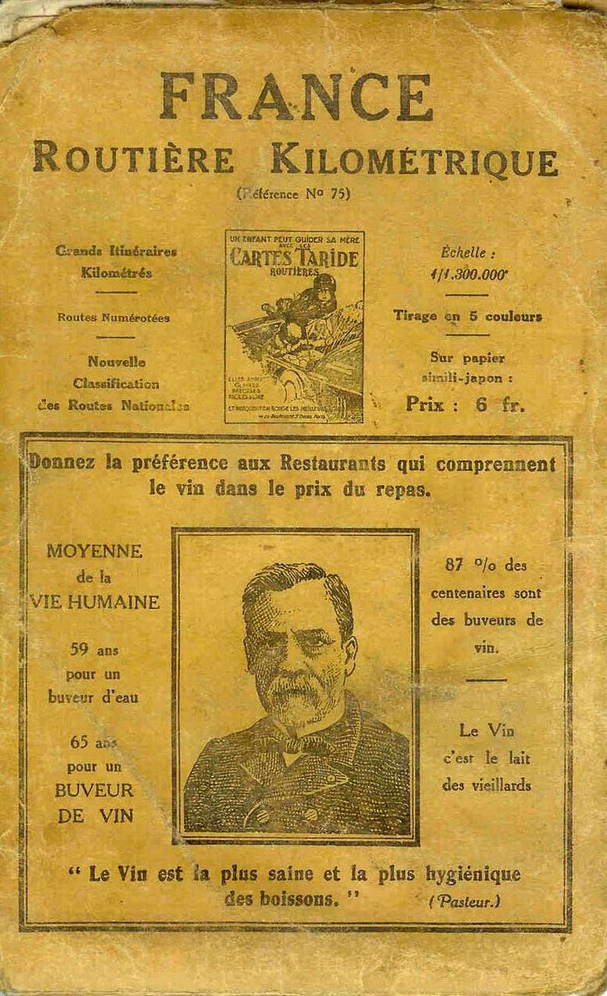
Oyster Forecast for 2011
The mortality of juvenile oysters has impacted the entire European coast and production this year will fall by more than 40 percent compared to 2009 and 2010. This decline is expected to continue over the next year or more depending on how fast they can control this current virus.
Ninety-five percent of farmed oysters hail from the same species, Crassostrea gigas, which occurs naturally in Japan and Southeast Asia. There are currently three scientific programs underway to study oyster juveniles, with the initial larvae sourced from Japan. In the 1970s and ‘80s we brought in larvae from Japan, and it seemed to work, but we don’t know if it will function this time. The key difference is that in the 1970s there were no more larvae. Now there are some still surviving. While the species is the same, larvae have different characteristics, with each acclimated to their environment.
The aim is to identify the larvae with characteristics best suited to our climate. The quality of water due to man’s activities is also a constant battle for the industry
The price rise may not be that significant because there is quite a bit of margin at the distributor/supermarket level. While producers were paid about EUR 2 or 2.10 a kilo for oysters four years ago, last year they received EUR 1.80. By contrast, the consumer can pay between EUR 8 and EUR 10 a kilo. Traditionally, there has always been this big a margin between producer and retailer.
France consumes 95 percent of the French production. The remaining 5 percent is mopped up by Belgium, Germany, Italy and Switzerland, plus about 7,000 metric tons exported to Asia. The United States and Asia are not allowed to enter the European market for sanitary reasons.
France does import about 3,300 metric tons of “plate” oysters from other European countries and about 2,200 of “creuse” oysters. Sold between EUR 6 and 30 a kilo, the rarer plate, or round and flat, oysters are three times more expensive than the more common creuse oyster.
Up until the 1980s, there were not creuse oysters in Britanny and Normandy, only the sweeter and firmer plate oysters. This has totally reversed now, and France barely produces 2,000 metric tons of plate oysters at this time.
Oyster production in France runs along the coast, from northern Normandy, through Britanny, the Loire, the Poitou Charentes to the southwestern Arcachon basin. We know that the potential for the at-home oyster market is enormous. Ten years ago, France produced 180,000 mertric tons of oysters, and we sold the lot. And today, foreign markets also hold growing potential.
In terms of creuse oysters, nothing has changed for years. A third is sold at the retail level, a third in restaurants or at the fishmonger, and a third via direct sales, such as markets. By contrast, a hefty 75 percent of mussels are sold at the retail level. The buying pattern differs for the two different shellfish. A spontaneous purchase, shoppers tend to buy oysters on the spur of the moment. But mussels are bought to make a dish, so the purchase is planned.








 New technology has supplied methods to deter criminals from selling fake wine bottles, especially through auctions and the internet. The following security measures are now, or will be in place soon, at many of the wineries that produce Grand Cru and expensive bottles of wine; this will help to stop or at least deter criminals from trying to pass off bogus bottles as genuine:
New technology has supplied methods to deter criminals from selling fake wine bottles, especially through auctions and the internet. The following security measures are now, or will be in place soon, at many of the wineries that produce Grand Cru and expensive bottles of wine; this will help to stop or at least deter criminals from trying to pass off bogus bottles as genuine:








 © The New Yorker
© The New Yorker
